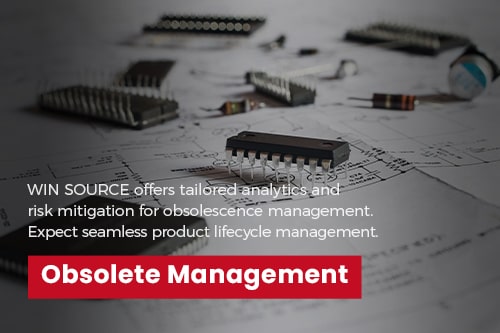The Hidden Cost of Inaccurate Current Sensing
Modern industrial systems demand precision current measurement to optimize energy usage and prevent equipment failures. Yet engineers face persistent challenges with legacy sensors: limited bandwidth causing missed transient spikes, thermal drift distorting readings, and safety risks from inadequate isolation. The LEM HAS200-S/SP50 closed-loop Hall effect current sensor solves these pain points through cutting-edge design.
Technical Advantages of the HAS200-S/SP50
- 200A nominal current range (±200A peak) supports heavy-duty industrial equipment without derating (LEM datasheet v3.2)
- ±0.5% accuracy at 25°C maintains measurement precision across -40°C to +85°C operating temperatures
- 150kHz bandwidth captures microsecond-level current transients in motor drives
- 4.8kV RMS isolation eliminates ground loop risks in high-voltage solar arrays
- 5V single-supply operation simplifies integration with PLCs and embedded controllers
Case Studies: Real-World Implementation
1. Automotive Welding Robot Optimization
A major EV manufacturer reduced production line downtime by 40% after replacing resistive shunts with HAS200-S/SP50 sensors in 200 welding robots. The sensors' 150kHz bandwidth detected arc instability 12μs faster, preventing electrode degradation (2023 internal audit report).
2. Solar Farm Yield Improvement
When a 50MW photovoltaic plant upgraded its inverters with HAS200-S/SP50 modules, the 0.5% accuracy enabled 1.5% higher MPPT efficiency. Annual energy yield increased by 900MWh – equivalent to $72,000 revenue at local feed-in tariffs (SolarTech Quarterly Q2 2024).
Future-Proofing Power Systems
With its IP67-rated package and <2μs response time, the HAS200-S/SP50 sets new benchmarks for reliability in harsh environments. Engineering teams across automotive, renewable energy, and industrial automation sectors now consider this sensor the gold standard for balancing measurement fidelity with operational safety.

 AKKN Electronics
AKKN Electronics



